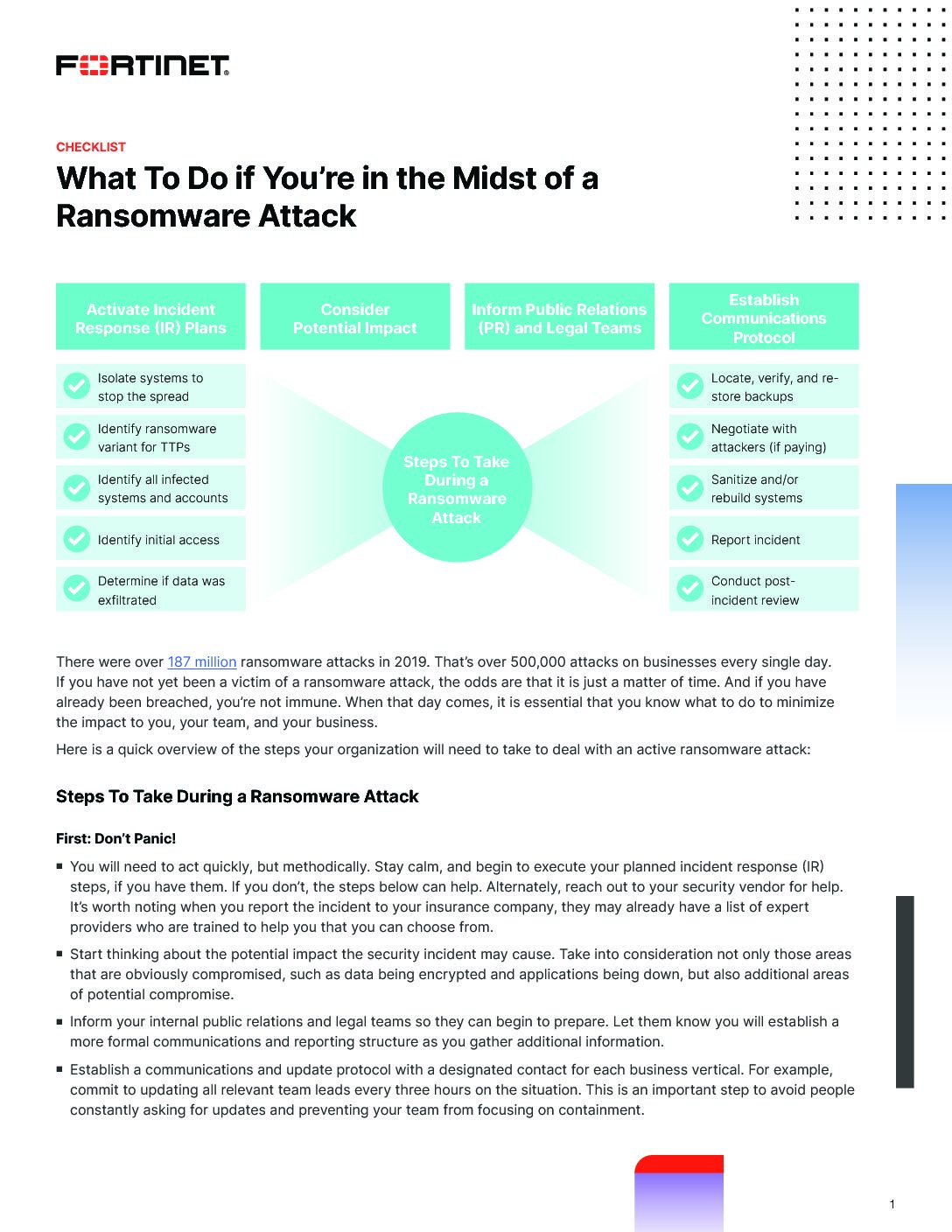You may think that having a big-name antivirus protection provider will protect your business from malware, ransomware, and other cybersecurity threats. After all, that’s what you’re paying them for, right?
What you may not know is these defensive programs rely on a list of known virus signatures to check your devices for threats – signatures that attackers routinely change or reinvent to circumvent your protection. This leaves devices vulnerable to new, undiscovered, and advanced cyber threats.
Unfortunately, simply having antivirus software isn’t enough to protect you anymore, and this has been known for years. In fact, nearly a year ago, security testing firm, SE Labs, indicated fewer than half of currently available antivirus programs were even sufficient at blocking known cyber security threats - let alone undiscovered, new, and advanced threats.
Recently, we’ve seen several examples of cybercrime exploding worldwide, bringing down not only businesses, but the communities that rely on them. Yet, many companies continue to trust in a well-known name, enjoy the ease of integration, and prefer the low maintenance costs of traditional antivirus software. As a result, they continue to depend on their outdated and insufficient solutions and remain vulnerable to cyberattacks. In this article, we’ll share with you why this is a huge mistake and what you should be doing instead.
The Problem with Traditional Antivirus Protection Software
When you run a system scan with your antivirus software, you may believe that it’s inspecting your device for any threats. This is not, in fact, the case. What your software is really doing is checking for known virus signatures in the definition files stored on your device. If no threat definitions are found, your software assumes your device is unaffected. It will report to you that no viruses were found on your device and may even allow connections to your device and network.
There are any number of reasons why a threat definition might not be found:Can you see the problem?
There are about 350,000 new instances of malware registered every day. Another 10 million malware variants are logged each month. On top of that, all the above listed issues can keep your antivirus protection from detecting a threat. The “real-time protection” your provider likely offers you is basically lip service - it’s not possible. They provide you with a false sense of security and can’t deliver the protection you really require.
Now add to this equation the fact that over 90% of successful cyberattacks originate from email. Various spam, phishing, and attachment emails are structured to trick email recipients into clicking malicious links and surfing infected websites. Attackers are adept at making a malicious email look convincing, and your employees end up downloading malware and other viruses without even knowing it.
Hackers also tend to use a variety of methods to infiltrate your system, referred to as a “kill chain”. Once they penetrate your system, it’s only a matter of time before your entire IT network is infected, or in the case of ransomware, encrypted. Next thing you know, you have a full-scale security incident on your hands that can put your client data at risk and even halt your operations completely, like the recent Kaseya attack over the 4th of July weekend or Colonial Pipeline back in May. Even the National Basketball Association (NBA) had a security breach recently.

What To Do if You're in the Midst of a Ransomware Attack
We're seeing it everywhere, but don't panic just yet. Instead, download this free guide to learn the steps you can take to deal with an active ransomware attack.
How to Implement a More Effective Security Strategy
Recently, a study indicated that if you experience a ransomware attack, paying ransoms only have about a 30% chance of returning access to your data and systems. And clearly, looking at the statistics about cybersecurity and the limitations of antivirus software shows that relying on one solution isn’t enough to protect you. So what can you do?
The best business security strategies rely on a multilayered approach.
The last thing businesses today can afford is to have a security incident that exposes their customer data or locks them out of operations. Don’t rely on anti-virus protection alone without a full comprehensive security strategy to keep you safe. You could end up putting your business, your customers, and even your community at risk!
At CNP, we know that anti-virus software is a necessary piece of any comprehensive security solution. Our desire is to make sure you and your customers are protected, and anti-virus alone may not be able to accomplish that. If you’d like to learn more about increasing your security stance with a more effective and holistic cybersecurity strategy, we’d love to schedule a complementary consultation with one of our cybersecurity advisors.
Please give us a call at (888) 973-3737 or contact us here to learn more.
